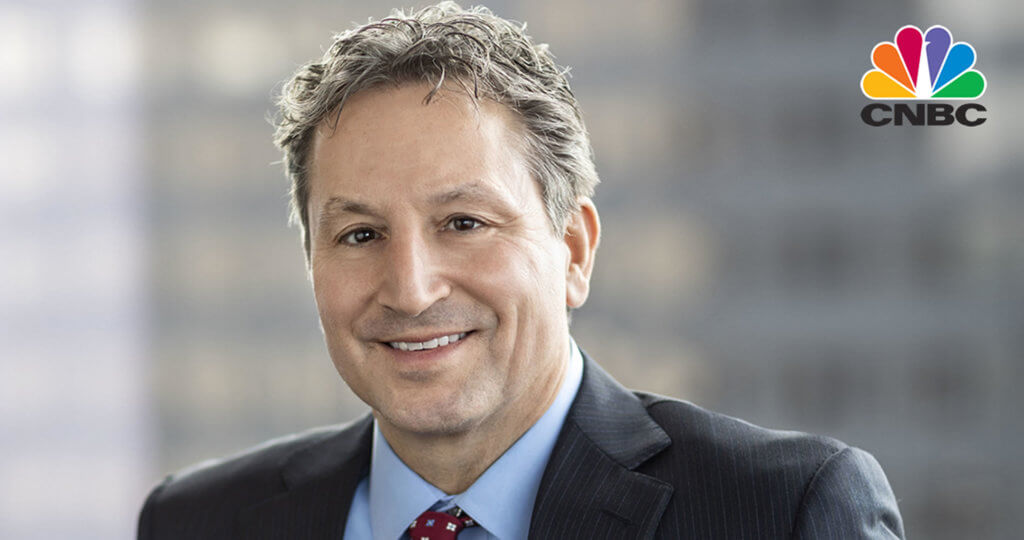Oakmark International Fund – Investor Class
Average Annual Total Returns 06/30/21
Since Inception 09/30/92 9.56%
10-year 7.11%
5-year 12.15%
1-year 54.91%
3-month 4.29%
Gross Expense Ratio: 1.06%
Net Expense Ratio: 1.04%
Expense ratios are based on estimated amounts for the current fiscal year; actual expenses may vary.
The net expense ratio reflects a contractual advisory fee waiver agreement through January 27, 2022.
Past performance is no guarantee of future results. The performance data quoted represents past performance. Current performance may be lower or higher than the performance data quoted. The investment return and principal value vary so that an investor’s shares when redeemed may be worth more or less than the original cost. The To obtain the most recent month-end performance data, view it here.
The Oakmark International Fund returned 4.3% for the quarter ended June 30, compared to its benchmark, the MSCI World ex U.S. Index, which returned 5.7% for the same period. In addition, the Fund has returned an average of 9.6% per year since its inception in September 1992, outperforming the MSCI World ex U.S. Index, which has averaged 6.4% per year over the same period.
Grupo Televisa, a media company headquartered in Mexico and the world’s largest producer of Spanish-language content, was a top contributor for the second quarter. Grupo Televisa’s share price jumped when the company revealed that it would merge its content and media assets with Univision. In a call with shareholders, CEO of Televisa, Alfonso de Angoitia, and CEO of Univision, Wade Davis, provided details on the $4.8 billion agreement, which combines these leading media businesses in the two largest Spanish-speaking markets in the world. Overall, we think the deal makes strategic sense as streaming is the future in television, and the new company will very likely become the dominant Spanish-language streaming service. There will also be synergies from combining the two businesses, which should improve profitability versus when they were stand-alone businesses. In addition, over the long term, we believe consolidation in the media sector will continue, providing an opportunity for the new entity to partner with a larger company. Aside from the strategic merits, we believe Televisa received an attractive valuation for its content business as the $4.8B value was higher than our internal estimates. We commend management for this transaction.
Naspers was a notable detractor for the period. The South African company’s share price declined in the second quarter following management’s announcement in April that it had reduced its stake in Tencent from 31% to 29%, which raised $14.7 billion in cash, and that it agreed not to sell any additional Tencent shares for three years. The move was in line with our expectations since the increase in Tencent’s valuation made it a good time to sell shares and raise cash. Management indicated the sale proceeds would be used to make additional investments, but investors seemed disappointed that the company did not use the proceeds to increase its share repurchase program. Having met management many times over the years, we are confident in their capital allocation track record and decision-making process. During the quarter, Prosus also made a voluntary exchange offer for up to 45.4% ownership of Naspers shares at a 2.27 exchange ratio to reduce the NAV discount; however, the market appears skeptical of this solution. Overall, we find Naspers attractive because it is deeply discounted to our estimate of intrinsic value and we believe its underlying assets are of extremely high quality.
During the quarter, we sold our investment in Ashtead Group (U.K.) and Bureau Veritas (France) as they approached our estimates of intrinsic value. In addition, we initiated a position in Fresenius (Germany). Fresenius is the largest provider of health care services and hospital products outside the U.S., consisting of three key business units: Kabi (hospital-based intravenous products), Helios (hospital operator in Germany and Spain) and Fresenius Medical Care (dialysis services and products). In our estimation, the business units now stand at an attractive pivot point as we believe internal investments are at an inflection, protections are in place to prevent margin erosion and Fresenius Medical Care is well positioned to ramp up profitability.
We continue to believe the Swiss franc is overvalued versus the U.S. dollar. As a result, we defensively hedged a portion of the Fund’s exposure. Approximately 13% of the Swiss franc exposure was hedged at quarter end.
Geographically, we ended the quarter with approximately 83% of our holdings in Europe and the U.K., 8% in Asia, and 2% in Australasia. The remaining positions are 3% in South Africa, 3% in North America (Canada) and 1% in Latin America (Mexico).
We thank you for your continued support.
The securities mentioned above comprise the following percentages of the Oakmark International Fund’s total net assets as of 06/30/21: Ashtead Group 0%, Bureau Veritas 0%, Fresenius 0.6%, Fresenius Medical Care 2.3%, Grupo Televisa ADR 1.3%, Naspers 2.6%, Prosus 0%, Tencent 0% and Univision 0%. Portfolio holdings are subject to change without notice and are not intended as recommendations of individual stocks.
The MSCI World ex U.S. Index (Net) is a free float-adjusted, market capitalization-weighted index that is designed to measure international developed market equity performance, excluding the U.S. The index covers approximately 85% of the free float-adjusted market capitalization in each country. This benchmark calculates reinvested dividends net of withholding taxes. This index is unmanaged and investors cannot invest directly in this index.
The Fund’s portfolio tends to be invested in a relatively small number of stocks. As a result, the appreciation or depreciation of any one security held by the Fund will have a greater impact on the Fund’s net asset value than it would if the Fund invested in a larger number of securities. Although that strategy has the potential to generate attractive returns over time, it also increases the Fund’s volatility.
Investing in foreign securities presents risks that in some ways may be greater than U.S. investments. Those risks include: currency fluctuation; different regulation, accounting standards, trading practices and levels of available information; generally higher transaction costs; and political risks.
The percentages of hedge exposure for each foreign currency are calculated by dividing the market value of all same-currency forward contracts by the market value of the underlying equity exposure to that currency.
The information, data, analyses, and opinions presented herein (including current investment themes, the portfolio managers’ research and investment process, and portfolio characteristics) are for informational purposes only and represent the investments and views of the portfolio managers and Harris Associates L.P. as of the date written and are subject to change and may change based on market and other conditions and without notice. This content is not a recommendation of or an offer to buy or sell a security and is not warranted to be correct, complete or accurate.
Certain comments herein are based on current expectations and are considered “forward-looking statements”. These forward looking statements reflect assumptions and analyses made by the portfolio managers and Harris Associates L.P. based on their experience and perception of historical trends, current conditions, expected future developments, and other factors they believe are relevant. Actual future results are subject to a number of investment and other risks and may prove to be different from expectations. Readers are cautioned not to place undue reliance on the forward-looking statements.
All information provided is as of 06/30/2021 unless otherwise specified.






